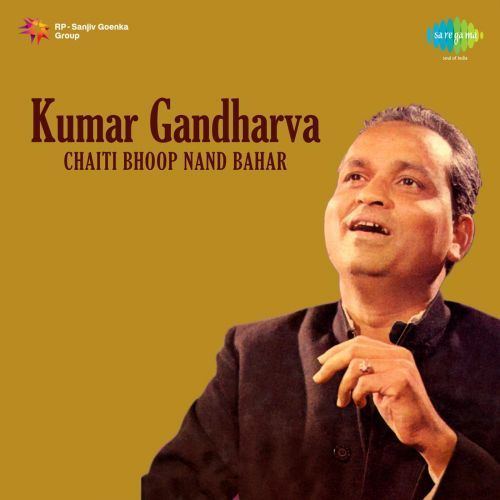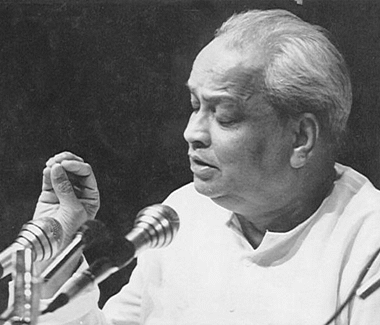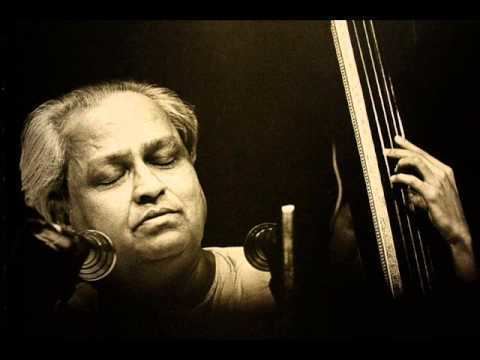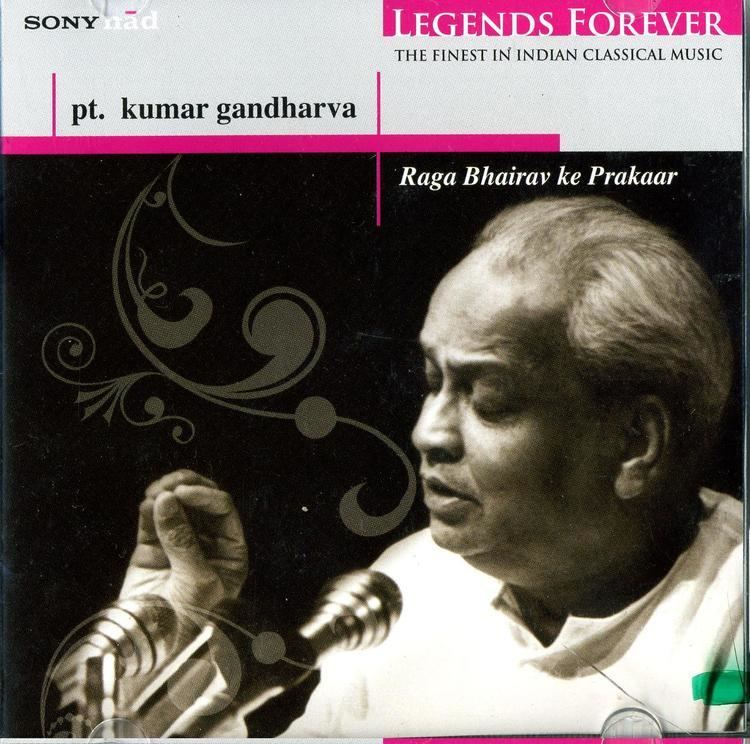Occupation(s) singer Role Singer | Name Kumar Gandharva Years active 1934-1992 Children Mukul Shivputra | |
 | ||
Birth name Shivaputra Siddaramayya Komkalimath Genres Hindustani classical music Albums Raga Bhairav Ke Prakaar Awards Sangeet Natak Akademi Award for Hindustani Music - Vocal Similar People Bhimsen Joshi, Vasantrao Deshpande, Mukul Shivputra, Rahul Deshpande, Bal Gandharva | ||
Kumar gandharva in his childhood performance
Kumar Gandharva or Shivaputra Siddharamayya Komkalimath (pronunciation:[kumɑːr ɡən̪d̪ʱərʋə] (8 April 1924 – 12 January 1992) was a Hindustani classical singer, well known for his unique vocal style and his refusal to be bound by the tradition of any gharana. The name Kumar Gandharva is a title given to him when he was a child prodigy; a Gandharva is a musical spirit in Hindu mythology.
Contents
- Kumar gandharva in his childhood performance
- Uthi uthi gopala kumar gandharva vasant desai
- Early life and education
- Career
- In popular culture
- References

Uthi uthi gopala kumar gandharva vasant desai
Early life and education

Gandharva was born in Sulebhavi near Belgaum, Karnataka, India. By the age of five he already showed signs of musical genius, appearing on stage at the age of 10. When he was 11, his father sent him to study music under the well-known B. R. Deodhar. His mastery of technique and musical knowledge was so rapid that Gandharva himself was teaching at the school before he had turned 20. By his early 20s, Gandharva was seen as a star of music and was praised by critics.

He married Bhanumati Kans, another vocal teacher at Deodhar's school, in April 1947. Soon after, he was stricken with tuberculosis, and was told by doctors that he would never sing again. He was advised to move to the drier climate of Dewas, Madhya Pradesh for his health. For the next six years, Gandharva endured a period of illness and silence. Doctors told him that trying to sing could be fatal, and that there was little hope of recovery. Stories of Gandharva in this period depict a man lying in bed and listening to the sounds of nature around him: birds, the wind, passing street-singers. They also detail how he would hum to himself, almost inaudibly. Hess speculates that this was the beginning of Gandharva's radical new conception of the nirguni bhajan, which celebrates a formless (nirguna) divinity.

In 1952, streptomycin emerged as a treatment for tuberculosis, and Gandharva began to take it. Gradually, helped by excellent medical support and care from wife Bhanumati, he recovered and began singing again. However, his voice and singing style would always bear the scars of his illness: one of his lungs had been rendered useless, so he had to adapt to singing with a single lung.
Career
Bhanumati Kans, who first learned music from Deodhar and then from Kumar Gandharva himself, nursed him through his illness. His first mehfil after recovery from illness took place in 1953. The illness greatly affected Kumar's singing in later years – he was to be known for powerful short phrases and his very high voice.
Kumarji also experimented with other forms of singing such as Nirguni bhajans (devotional songs), folk songs, and with both ragas and presentation, often going from fast to slow compositions in the same raga. He is remembered for his great legacy of innovation, questioning tradition without rejecting it wholesale, resulting in music in touch with the roots of Indian culture, especially the folk music of Madhya Pradesh. His innovative approach towards music led to the creation of new ragas from combinations of older ragas.
His style of singing attracted considerable controversy. Veteran singer Mogubai Kurdikar did not consider his vilambit (slow tempo) singing interesting and his own teacher Deodhar criticised some aspects of Kumar's singing but their relationship was strained from the 1940s when Kumar Gandharva married Bhanumati. According to Pandharinath Kolhapure's book on Kumar Gandharva, Deodhar was against the match. But the criticism mostly centred on his vilambit gayaki. His singing in faster tempos, particularly his mastery over madhya-laya, was widely revered.
Kumar Gandharva's first son, Mukul Shivputra, was born in 1956. After Bhanumati's death in 1961 during second child's birth, Kumar married Vasundhara Shrikhande, another of his fellow-students at Deodhar School. Vasundhara Komkali (1930-2015) formed a memorable duo with him in bhajan singing. She also provided vocal support to his classical renditions quite often. Their daughter Kalapini Komkali would later accompany both her parents on tanpura.
Some of Kumar Gandharva's ideology is carried forward by his son and daughter, as well as students such as Madhup Mudgal, Shubha Mudgal, Vijay Sardeshmukh, and Satyasheel Deshpande. Kumar Gandharva's grandson Bhuvanesh (Mukul Shivaputra's son) has also made a name for himself as classical singer.
For a long spell, Kumar Gandharva's activities as a musician were managed by his friend and tabla accompanist Vasant Acharekar. Acharekar was Vasant Desai's assistant in the 1950s but later devoted himself fully to his role as an accompanist to classical singing until his death in the late 1970s. His son Suresh Acharekar is also a tabla player, and has accompanied Kumar Gandharva and other artists. Kumar Gandharva had friendly relations with noted Marathi literary couple Pu La Deshpande and Sunita Deshpande.
Kumar Gandharva was a musicologist as well. During his period of illness, when he was advised a complete rest, he used to spend time contemplating on different aspects of music. He had his own thoughts about many different ragas, styles of rendition and different types of composition. His remarks about composite ragas, thumri, and tarana are quite different from the conventional ones.
Kumar Gandharva was awarded the Padma Bhushan in 1977 and India's second highest civilian honour the Padma Vibhushan in 1990.
In popular culture
The 4th movie in the series of 4 movies in the Kabir Project by Shabnam Virmani features the life of Gandharva and his disciples, his career and his journey into "Nirgun" singing. His song 'Sunta Hai' actually forms the title of the movie 'Koi Sunta Hai'.
'Hans Akela' is a 78 minutes documentary on Pandit Kumar Gandharva made by Films Division Govt. of India with interviews with various people - wife, friends, students.
'Mukkam Vashi' is a book made on notes collected during a two-day workshop of the same name. It collected together the thoughts of Kumar Gandharva on the nature of music at a fundamental level.
Raghav R. Menon has written a document on the quest of Pandit Kumar Gandharva for the meaning behind Swara as told in Marga Sangeet
